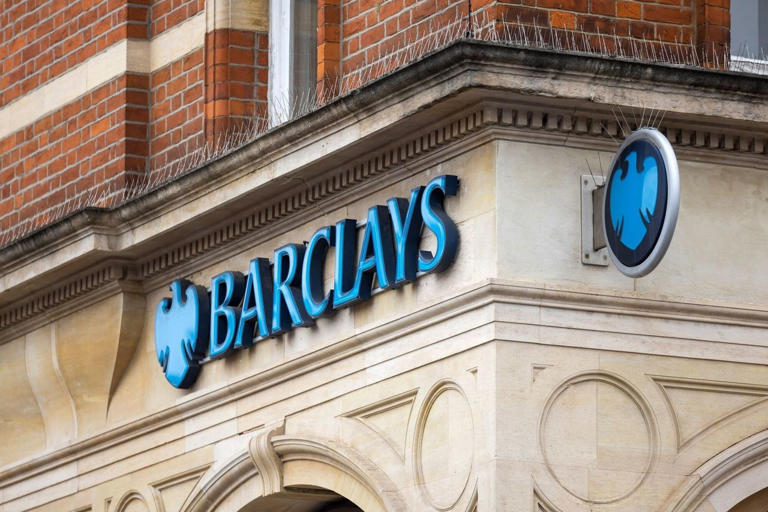Barclays has raised its net interest income guidance for 2024 after delivering a robust second-quarter earnings report that significantly exceeded market expectations. Alongside this positive news, the British bank has announced a substantial £750 million ($964.2 million) share buyback program, underscoring its strong financial position and commitment to shareholder returns.
On Thursday, Barclays reported a pretax profit of £1.94 billion for the three months ending June 30, only slightly down from £1.96 billion a year earlier but notably higher than the £1.56 billion consensus estimate compiled by the company. This strong performance highlights the bank’s resilience and effective strategic execution amidst challenging market conditions.
Total income for the bank rose modestly to £6.32 billion from £6.285 billion in the previous year, surpassing the forecasted £6.16 billion. A significant contributor to this income was the investment banking division, which generates approximately half of Barclays’ revenue. This division saw a 10% year-on-year increase in income, driven by a rebound in banking fees and robust performance in the equities business. These gains compensated for weaker outcomes in fixed income, currencies, and commodities trading.
Additional income growth from Barclays’ private banking, wealth management, and U.S. consumer banking divisions further bolstered the bank’s overall performance. These gains helped to offset lower, yet better-than-expected, revenues from Barclays UK and its corporate banking operations.
Given the persistence of higher interest rates longer than initially anticipated and the stabilization of deposit migration, Barclays revised its net interest income guidance. The bank now projects its net interest income for the year to be around £11.0 billion, up from the previous estimate of £10.7 billion. For Barclays UK, the net interest income contribution is expected to reach £6.3 billion, compared to the prior forecast of £6.1 billion. This figure excludes the upcoming acquisition of Tesco’s banking operations, which is expected to close in November.
CEO C. S. Venkatakrishnan highlighted the bank’s progress on its three-year plan, which he introduced in February. This strategic plan focuses on increasing lending to British households and businesses, reducing reliance on Wall Street, enhancing shareholder returns, and cutting costs. Venkatakrishnan reaffirmed Barclays’ financial targets for 2024 and 2026, including a return on tangible equity (ROTE) of over 10% for this year, with an expected rise to over 12% by 2026.
In the second quarter, Barclays achieved a ROTE of 11.1%, indicating that the annual target is within reach. However, Citi analysts cautioned that the ROTE might decrease in the second half of the year due to seasonal revenue fluctuations, a fourth-quarter bank levy, and normalization of provisions from currently low levels.
JP Morgan Cazenove analysts noted that the strong topline growth in Barclays’ main divisions is likely to be well-received by investors, addressing concerns about the bank’s reliance on revenue growth to meet medium-term targets.
Barclays’ share price has continued its upward trend, reaching 242 pence in early trading on Thursday, marking its highest level in over seven years. The stock has surged more than 50% year-to-date, and analysts expect this positive momentum to persist following the latest earnings update.
The bank concluded the quarter with a common equity Tier 1 ratio of 13.6%, slightly below the consensus estimate of 13.8% but comfortably within the management’s target range of 13% to 14%. Alongside the share buyback program, Barclays declared an interim dividend of 2.9 pence per share, further demonstrating its commitment to returning value to shareholders.
Chief Executive Venkatakrishnan stated, “We are making good progress on our three-year plan. Our transformation of Barclays into a high-performing, competitive, resilient, and growing business is proceeding with pace and intensity. We are expanding the earnings and cash potential of the business in a challenging supply chain environment, which we are proactively managing.”
With these strong results and strategic initiatives, Barclays is well-positioned to continue delivering value to its shareholders while navigating the complexities of the global financial landscape.
